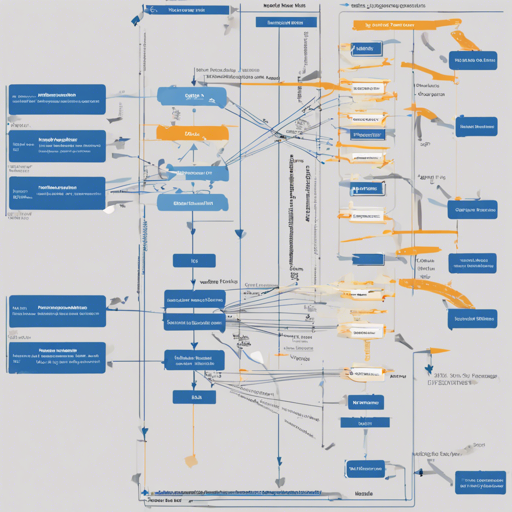In the realm of natural language processing (NLP), fine-tuning language models for specialized tasks can significantly enhance their performance. This article will guide you through the process of fine-tuning the BART-base model for the temporal definition modeling task. With our dataset featuring 10,000 definition-context pairs, you will see how to leverage this model effectively.
Understanding the Dataset
The dataset is structured to present definitions alongside temporal context, optimized for training a model to understand how certain terms relate to specific timelines. Here’s how it works:
- Definition: A clear explanation of the term, e.g., “Coronavirus”.
- Context: A sentence using the term in a temporal setting, e.g., “This year, Coronavirus was very prudent in many countries.”
By structuring your dataset this way, the model learns to associate definitions with their respective contexts over time, enhancing its predictive capabilities.
Fine-Tuning BART-Base Model
Fine-tuning involves taking a pre-trained model (like BART-base) and training it further on your specific dataset. Think of it like an athlete who has shown great promise; by focusing on a particular sport (in this case, temporal definitions), they can become a champion in that area.
from transformers import BartTokenizer, BartForConditionalGeneration
from transformers import Trainer, TrainingArguments
# Load the BART-base model and tokenizer
tokenizer = BartTokenizer.from_pretrained("facebook/bart-base")
model = BartForConditionalGeneration.from_pretrained("facebook/bart-base")
# Prepare the data for training
train_encodings = tokenizer(train_definitions, truncation=True, padding=True)
# Training arguments
training_args = TrainingArguments(
output_dir="./results",
num_train_epochs=3,
per_device_train_batch_size=16,
save_steps=10_000,
save_total_limit=2,
)
# Trainer to handle the training process
trainer = Trainer(
model=model,
args=training_args,
train_dataset=train_encodings,
)
# Start fine-tuning
trainer.train()
In the code above, we essentially set up our training pipeline: loading the model, preparing the definitions and contexts for training, and defining training parameters. The model will learn to associate definitions with contexts effectively, refining its responses based on the structure of the provided dataset.
Validation and Performance
After training your model, it’s essential to validate its performance with metrics like validation loss. In this case, our model achieved a validation loss of 0.88. Lower validation loss indicates a better fit to the training data, showing that the model is learning effectively.
Troubleshooting
During the fine-tuning process, you may encounter some common issues:
- High Validation Loss: If the validation loss does not decrease, try adjusting the learning rate or increasing the number of training epochs.
- Overfitting: If training accuracy is high but validation accuracy is low, consider using techniques such as dropout or early stopping.
- Insufficient Data: If you find that the model is not generalizing well, you may need a larger or more diverse dataset.
For more insights, updates, or to collaborate on AI development projects, stay connected with fxis.ai.
Conclusion
Fine-tuning the BART-base model for a temporal definition modeling task is an enriching journey into NLP. By strategically structuring your dataset and implementing effective training techniques, you can significantly enhance your model’s performance. Remember, each challenge you encounter is an opportunity for growth in your understanding of sophisticated AI frameworks.
At fxis.ai, we believe that such advancements are crucial for the future of AI, as they enable more comprehensive and effective solutions. Our team is continually exploring new methodologies to push the envelope in artificial intelligence, ensuring that our clients benefit from the latest technological innovations.

